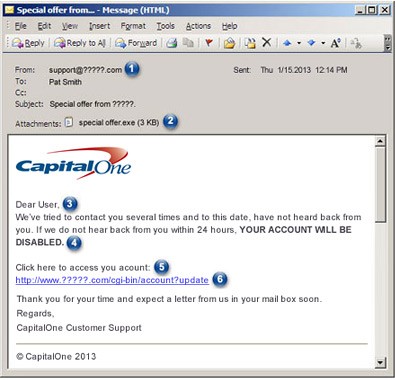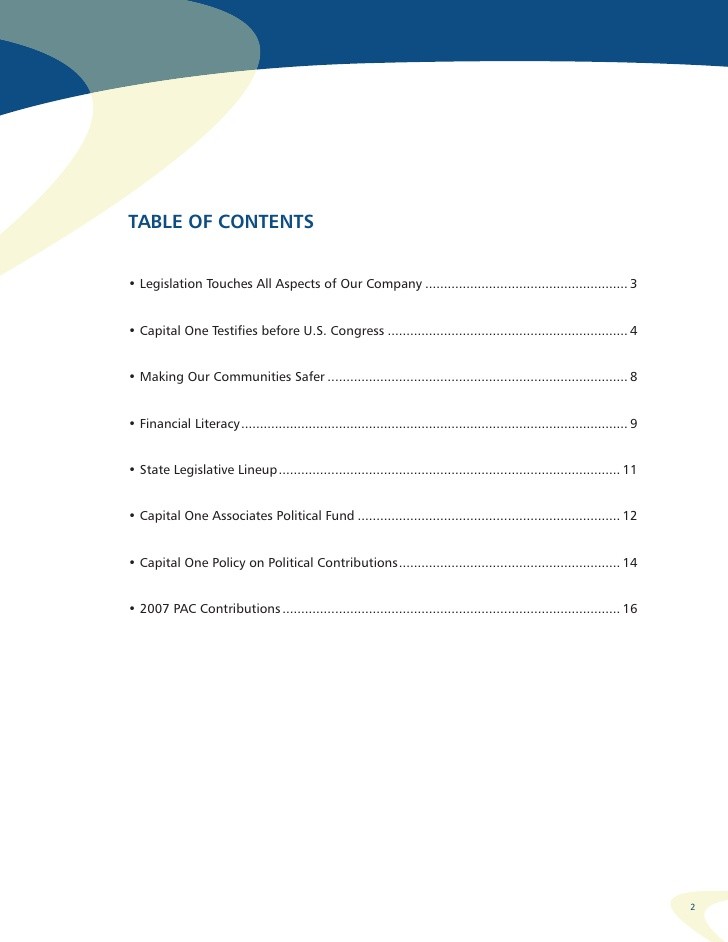Capital One Financial Education Understanding credit card terms
Post on: 16 Март, 2015 No Comment

More Information:
Understanding Credit Card Terms
Understanding key credit card terms will help you manage your account. Here are the key things you need to know.
Annual fee
This charge may be billed to your account as a fee for owning the credit cards. Some cards waive the fee for the first year and other cards have no annual fee.
Annual Percentage Rate
The Annual Percentage Rate (APR) is the finance charge or interest rate you pay on purchases when you choose to carry a balance on your credit card. Its calculated as a yearly rate, so if you want to know what percentage you would pay each month in interest, divide the APR by 12 months. If you have an APR of 24 percent, the monthly finance charge is two percent.
Take note of whether APR is a variable or non-variable  rate. The interest rate on a card with a variable rate can fluctuate up and down, and is tied to an index, such as the prime rate. With a non-variable rate card, the APR is more predictable but can be increased by the issuer after you have had your credit card for one full year.
In general, increases to your interest rate will only apply to future purchases, not your existing balance. But, the APR on your existing balance could increase if:
- You are more than 60 days late in paying your bill
- You are in a workout agreement and you dont make your payments as agreed
An introductory rate (also called a teaser rate) is a temporary interest rate that will last for at least the first six months that you have the card. Its important to know what the new go to rate will be when the introductory rate ends.
If you are planning on transferring a balance from another card or you think you will need to use a cash advance, make note of the APR, for these transactions, which might be different from the interest rate for purchases made with the card.
Calculating interest and finance charges
If you’re going to carry a balance on your card, you should understand how the finance charge is calculated. The two most common methods for calculating finance charges are:
- Average Daily BalanceIn this commonly used method, the company tracks your daily balance day-by-day, adding charges and subtracting payments as they occur. At the end of the billing period, the resulting daily balances are added together. Then, the total is divided by the number of days in the billing period to get the average daily balance.
Cash advance
A cash advance is not a regular credit card charge. A cash advance allows you to withdraw cash from an ATM, bank or by using checks given to you by the issuer for use when paying with your card is not an option. Be aware that while a cash advance may be useful in an emergency, it is usually expensive. You may be required to pay a transaction fee as well as finance charges.
Credit limit
Your credit limit is the maximum amount the credit card company allows you to charge on your credit card.
How much money a credit card issuer will let you borrow depends on several factors, including your credit history. Your limit could be anywhere from a few hundred dollars to tens of thousands of dollars. After you have demonstrated a responsible payment history, you may request that your credit card company raise your credit limit.

Its a good idea to keep your balance well below the credit limit if you can. Your credit score will be best if you keep purchases below 25 percent of your total credit limit.
Worried About Going Over-the-Limit? Take Note:
You must tell your credit card company if you want to allow transactions that will take you over your credit limit called opting-in to overdraft protection. If you choose not to opt-in, your transaction will be denied if you attempt to make a purchase that would take you over your credit limit, but you will not be charged a fee.
- If you do opt-in to overdraft protection, your credit card company can impose one fee per billing cycle for transactions that take you over your credit limit.
- You can revoke your opt-in at any time.
Fees
You will probably have some fees associated with your credit card. The most common credit card fees include:
- Balance transfer feesa fee for transferring the existing balance from another card, usually calculated as a percentage of the balance being transferred
- Cash advance feesa fee charged as a percentage of the cash advance
- Foreign exchange feea fee charged by some companies for purchases made outside of the U.S.
Most issuers also charge certain penalty fees. The good news is that all of these fees are avoidable if you carefully manage your account (for example, pay your bills on time, and dont exceed your limit).
- Late payment fees
- Over-the-limit fees
- Returned payment fee
Grace period
A grace period lets you avoid finance charges if you pay your balance in full before the date your bill is due. A grace period is not an extension of your payment due date.
Minimum payment
The minimum payment is the smallest amount of your balance you can pay by the due date and still meet the terms of your card agreement. The minimum payment is just thata minimum. If possible, try to pay more than the minimum. You will have to pay interest on any remaining balance you don’t pay, so the larger the payment you make on your card the lower your interest/finances charges will be.
Rewards
Rewards programs can be one of the benefits of having a credit card, especially if you use your card often. With rewards cards, as you use your card, you accumulate points that can be used for different benefits such as travel, gift cards, cash back or even to make charitable donations.
What to Look For:
- Look for a reward program that offers flexibility, such as cash or travel, and rewards you’ll actually use.
- Make sure the rewards are easily earned and redeemed. Be mindful of various restrictions that come with some programs.
- Take note of whether rewards expire, and if there are limits regarding how many points you can earn.
- Make sure the other core terms of the card are the best you can getcompare interest rates, fees, and credit limits to make sure that the rewards are worth the costs associated with the card.
If you qualify for a rewards card, it is important to shop around to find the rewards that you find most useful or valuable. And, its equally important to find those rewards on a card that has an interest rate, credit line, fees, and other terms that best fit your financial needs.














